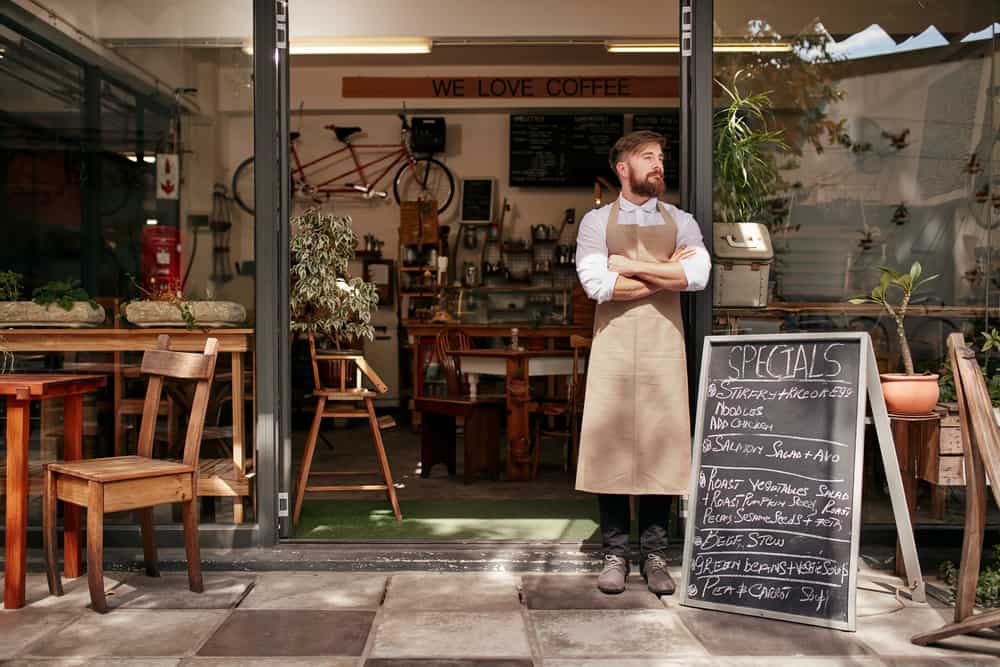We’ve all heard the classic yarns from our grandparents about when Richmond in Melbourne or Balmain in Sydney was working class and property prices were cheap.
Part of the reason for that, back in the old days, the landed gentry were exactly that – living on acreage far away from the inner-city where the factories and the population masses generally resided.
Over the decades, the central city gentrified as those factories moved to the fringes and proximity to the office as well as cafes and restaurants became more and more valuable.
The multimillion-dollar question, of course, is how do you recognise gentrification before those Lifeline stores are replaced by lattes and it’s too late to ride the price uplift?
On the ground research
The first place to start is to delve into data, which can play a role in capturing trends, but you have to be careful of time lags, such as the Census only being completed every five years for example.
That’s why boots-on-the-ground research is imperative, because you can see and hear what is happening right in front of you, which is part of the reason why I always say you need to “buy like a local”.
The problem, of course, is that there are thousands of suburbs in Australia and no one has time to walk the streets of all of them during their lifetimes.
However, one of the ways to identify potential gentrification areas is to pinpoint well-located suburbs that were previously industrial or commercial and are also surrounded by more expensive higher status locations.
The key is to be ahead of the curve, because gentrification is a slow burn that takes decades rather than weeks or a few years.
This means that the signs of gentrification may not be obvious to the untrained eye in the early stages, which is the optimum time to purchase property there.
Some recent examples of suburbs that went on to gentrify include Redfern and Marrickville in Sydney and Mitchelton and Banyo in Brisbane.
Changing demographics
The tell-tale signs that gentrification is under way can include the changing faces of people who live there.
What I mean by that is there are more young professionals and families, often because they have been priced out of the adjacent higher priced suburbs.
When it comes to the built environment, there will also be significant and tasteful renovations under way as well as extensions of period homes to house growing families and the repurposing of old sites such as warehouses.
The old, tired businesses of yesteryear are also being replaced to suit the changing demographics, with a focus on health, lifestyle, and convenience.
Look for cafes and restaurants over fish and chip shops; wine bars and micro-breweries over bottle shops; and yoga studios and F45 gyms over TABs.
At the weekends, farmers markets as well as boutique bars will attract non-residents to the suburb to soak up some of its shine for a little while.
The modern conveniences will still be there, but perhaps the local supermarket is a small footprint metro, plus the local schools are undergoing expansion to cater for an increase in student numbers.
To recognise gentrification before most other people can also involve digging deeper again via lifestyle websites such as Concrete Playground to uncover the cool stuff.
And, if still in doubt, just look out for a flannelette-wearing, bearded hipster, who is sitting on a milk crate outside a crowded café drinking a turmeric soy latte.
